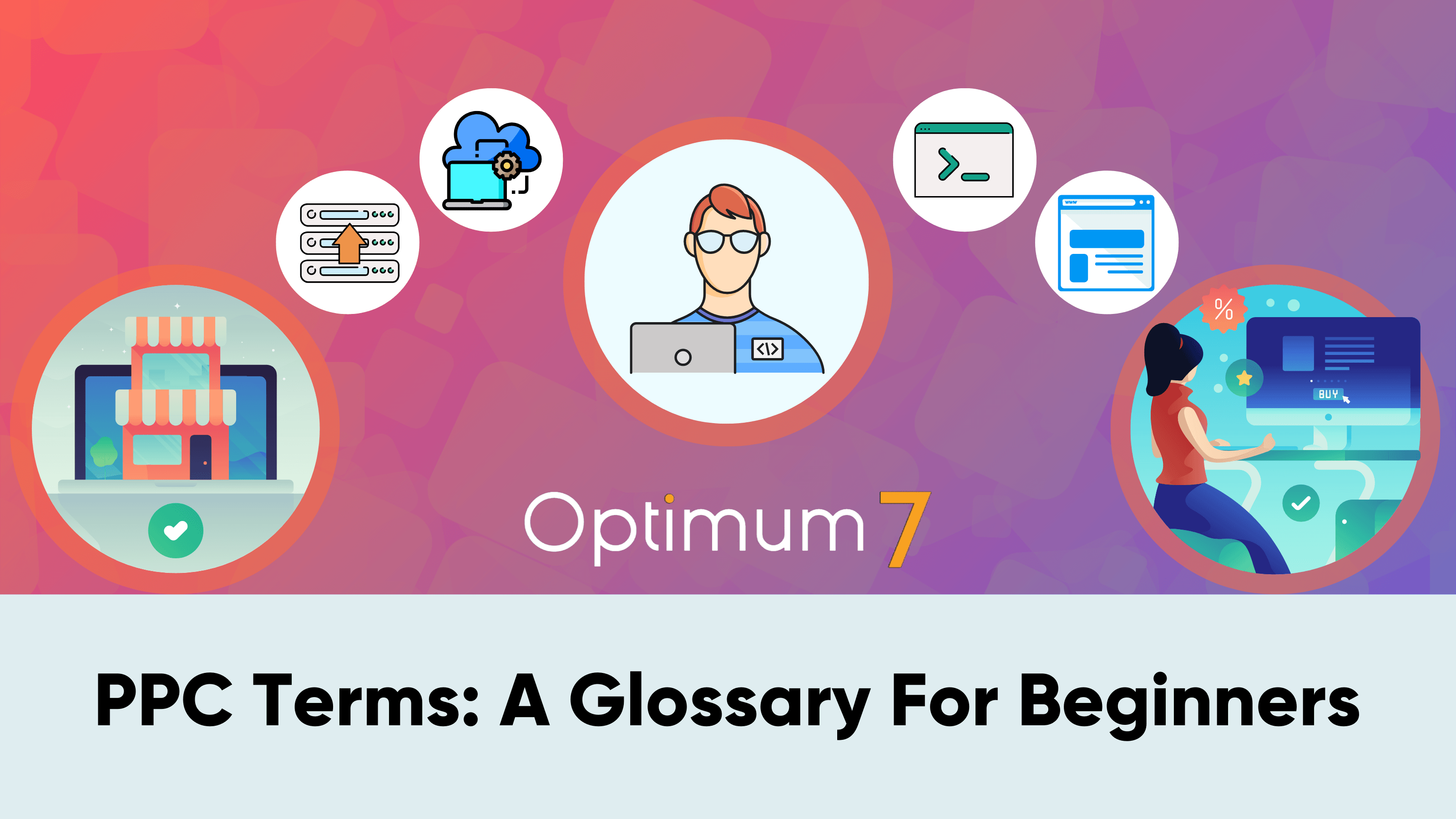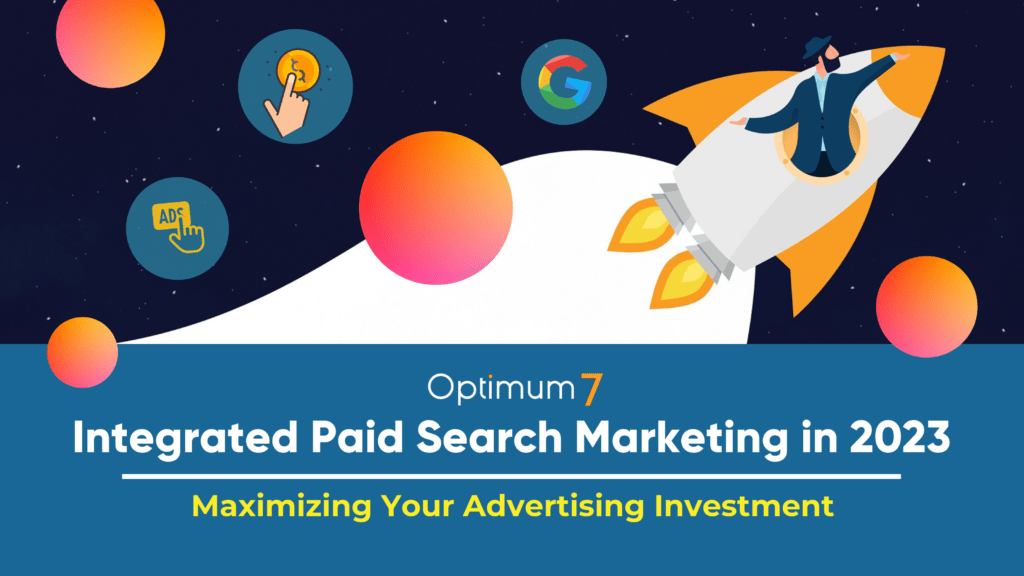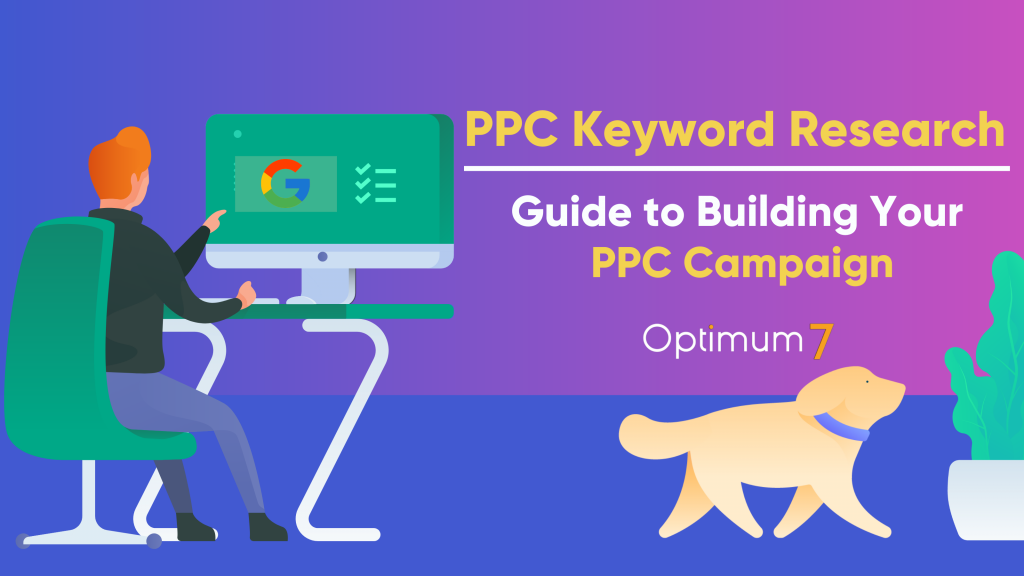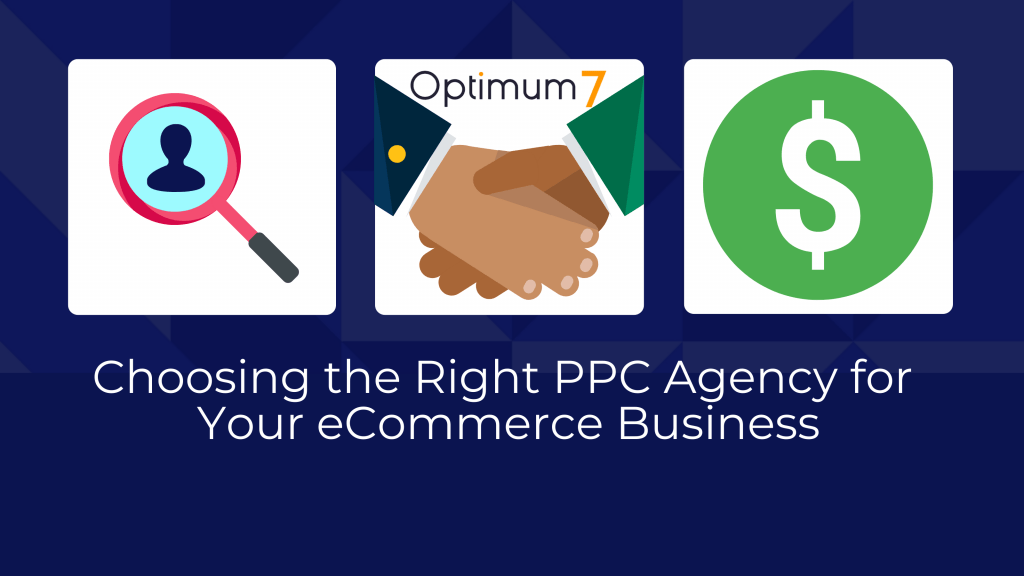Navigating the complex terrain of paid search reporting metrics can be daunting, particularly for those new to the field or for clients unfamiliar with the jargon. This glossary aims to simplify these essential PPC terms, elucidating their meanings and relevance in evaluating the performance of your campaigns. By understanding these key terms, you’ll be better equipped to make informed decisions and contribute effectively to conversations about your marketing strategy. Knowledge is power in the world of PPC, and this glossary is your guide. If you are in need of an industrial PPC agency, get in touch with us today.
Clicks: This is the most basic metric. A click is registered each time a user clicks on your PPC ad.
Impressions: Impressions measure how often your ad is displayed. If your ad is being shown but not clicked, it could indicate an issue with your ad’s relevance or design.
Click-Through Rate (CTR): This metric is the percentage of impressions from a click. It’s calculated by dividing the number of clicks by the number of impressions. It’s a useful measure of how effective your ad is at capturing users’ attention and prompting action.
Cost per Click (CPC): This is the average amount you’re paying for each click on your ad. It’s calculated by dividing the total cost of your clicks by the number of clicks. Lowering your CPC while maintaining or increasing clicks is one goal of PPC management.
Conversion Rate (CVR): This is the percentage of users who clicked on your ad and then completed a desired action (like filling out a form or purchasing). It’s calculated by dividing the number of conversions by the number of total ad interactions.
Cost per Conversion/Acquisition (CPA): This measures how much you spend to acquire one customer. It’s calculated by dividing the total cost by the total number of conversions.
Quality Score: This is a metric used by Google Ads that estimates the quality of your ads, keywords, and landing pages. A higher quality score can lead to lower costs and better ad positions.
Ad Rank: This value determines your ad position, where it’s shown in PPC advertising platforms. It’s based on your bid amount, the components of your Quality Score (like expected clickthrough rate, ad relevance, and landing page experience), and the expected impact of extensions and other ad formats.
Return on Ad Spend (ROAS): This is the amount of revenue you’re generating for every dollar spent on advertising. It’s calculated by dividing the revenue from ads by the cost of those ads. A higher ROAS indicates a more successful campaign.
Impression Share (IS): This is the percentage of impressions your ads receive compared to the total number of impressions they could get. If you’re not getting a high impression share, you may miss out on potential clicks and conversions
Cost per Lead (CPL): This is a specific type of CPA (Cost per Acquisition) where the “acquisition” is specifically a lead rather than a customer or conversion. It’s calculated by dividing the total ad spend by the total leads generated. This metric is especially important in businesses where the sales cycle might be longer, and prospects need to be turned into leads before they can be converted to customers. Lowering your CPL while maintaining or increasing lead quality is a common goal in lead generation campaigns.



